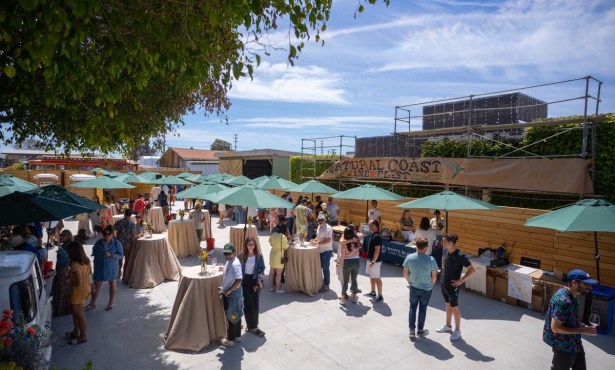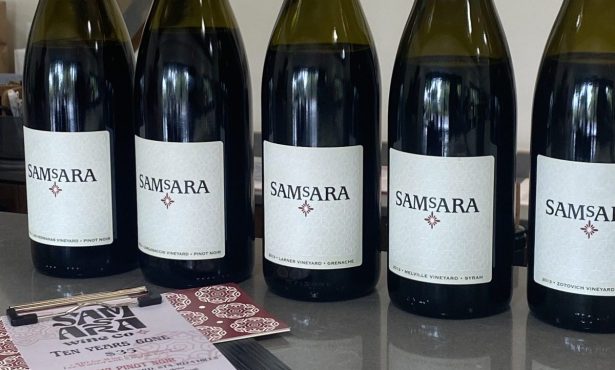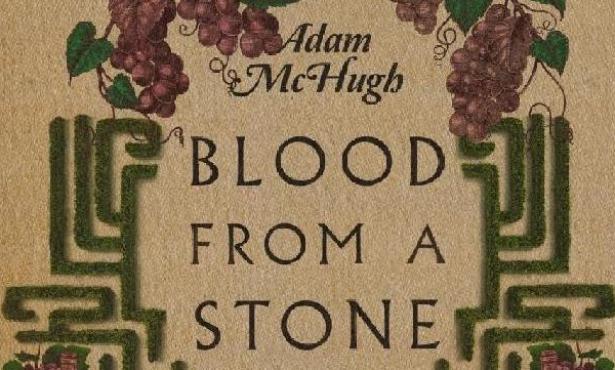Sniffing Out Alder Yarrow’s The Essence of Wine
Seminal Wine Blogger Comes to Town to Sign Coffee-Table Book
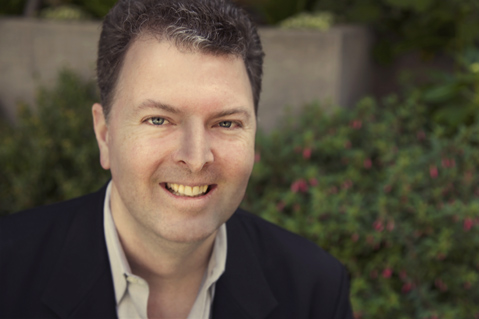
Next weekend, many of the world’s top winemakers and connoisseurs will converge at the Bacara Resort to sniff and sip through the World of Pinot Noir. But you probably already know that, as do countless numbers of your friends and neighbors, because we live today in the most wine-savvy time in American history.
That’s thanks to increasing global production, sure. And to enhanced quality — both near and far. And to Sideways, of course. But our relatively newfound passion for the grape may be mostly tied to the rise of the Internet, which broke down historically snobby wine walls like never before and democratized, through the free flow of information, the enjoyment of the fermented grape juice that elites have coveted for ages.
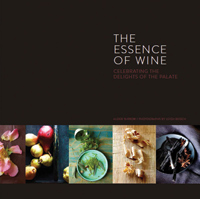
No one wears that theory more proudly than Alder Yarrow. The San Francisco–based Internet professional became one of the world’s first wine bloggers in 2004 when he started vinography.com strictly to satisfy increasingly wine-curious friends. Six months later, he realized thousands were reading his wine notes, and today the widely respected website is considered a serious source by trade and consumers alike.
Earlier this year, Yarrow, who still works full-time as a web guru, added author to his résumé as well by self-publishing, with photographer Leigh Beisch, The Essence of Wine, a beautifully rendered, coffee-table tome that explores the sensory offerings of 46 different aromas and flavors that can be found, magically at times, in a glass of wine. He’ll be signing copies at World of Pinot and Les Marchands Wine Bar & Merchant this weekend, and what follows are mere snippets of our nearly hour-long conversation.
How’d you fall for wine?
I fell in love with wine while I was in college and in the way that a lot of college students do: buying the cheapest bottle they could find mostly based on how the labels looked. I never was a fan of beer; it didn’t do it for me, but wine I liked. The blog was really an outgrowth of that situation of being turned to by friends and family for wine advice and a desire to overcome answering that same damn question over and over again.
Did you imagine the blog would turn out this way?
I was the right guy in the right place at the right time. I just celebrated the 11th anniversary of the blog a few weeks ago, and it’s turned into a second career. I’m now a pretty well-recognized journalist and wine critic, and I get all the cool perks that come with that: people flying you around the world for free to taste wine on their dime, lots of free wine showing up at the door. I do this juggling act with a 50- to 60-hour-a-week day job, a family with a 6-year-old, and a wine blog. I don’t have much time for anything else.
Your average reader must have evolved a lot in these last few years?
Without at all tooting my own horn or threatening to overstate my own significance, one of the reasons wine has become so everyday is because there is just so much more content about it everywhere. That’s directly the result in some way of the blogging revolution. (You shouldn’t use capital letters when writing that — it’s not that impressive.)
When I started this blog, if you wanted to read about wine, there was Wine Spectator, Food & Wine, Robert Parker, Wine Enthusiast, and Wine & Spirits. That was basically it. You had wine columns in certain newspapers, but those died off over the next few years. Then you have this incredible blossoming of digital publishing and user-generated content, so now you have thousands of wine blogs and websites where you can read about it. All of a sudden, you didn’t have to think that you were serious enough about wine to get a subscription to Spectator and pay $40 a year.
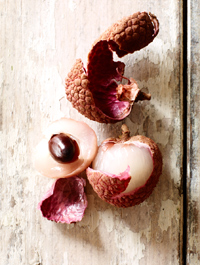
You’ve taken a strong stand on the ethics of wine reviews.
Early on, I realized that I wanted to avoid the suspicion that I had as a consumer, like when looking at a Wine Spectator 94 rating and seeing a full page ad for the wine. You can’t see that and not say, “Well, that’s odd.” Robert Parker deserves all the credit for this kind of stance. I felt like his stance on objectivity was the right way to go, and the way that any critic should operate. I don’t like to overstate my own importance, but I think I was one of the first people ever who made it clear when I was writing about a sample given to me. I started disclosing that in 2005. I always wanted to be transparent about that.
Do you still have concerns about the major publications?
As a point of fact, I do. I think they do an admirable job of trying to separate the editorial side from the advertising side of the business, but at the end of the day, I have seen letters to wineries saying, “Hey, your wine is going to be rated this in the next issue. Do you want to pay a bunch of money and, instead of just putting the tasting note for the wine, we’ll show the label or whole bottle?” That is just kind of icky.
Do you think wine reviews are useful, especially when they are often so obscure?
I remember the first time I saw the descriptor pêche de vigne. What the fuck is pêche de vigne? I know pêche means peach in France. I looked it up, and it was some aromatic wild peaches from South of France. Who the fuck has ever had one of those?
But now I say this wine smells like lychee, and people say, “Who the fuck has ever had one of those?” The reality is that we all have our own sensory experiences. It’s not a universal language, and there are things out there that people experience and find in wine.
As a blogger, what drew you to do a book?
There’s nothing like a book, and this is coming from a guy who does most of his reading on Kindle. These days, there is something radical about a book that you just don’t get anywhere else.
Yours is not like a regular wine book at all.
The book grew out of a series I did on the blog with the photographer where we looked at these individual flavors and aromas. That series arose because the coolest thing about wine is the effect that you can stick your nose in a glass and smell and taste these things that have nothing to do with wine. How is it that a wine can smell like chocolate? It’s remarkable for me.
Eventually, I met Leigh and pitched the idea to her, and she was excited about it. Three or photos later, I thought, “We’ve got to do something more than just put these on the web.”
But the publishers weren’t into it?
I became good friends with a cookbook editor and the owner of a publishing company, and they had been asking me to do a book, so I put together a proposal and sent it to them. They took me out to lunch and said it sounds like an amazing book, but we don’t think we can sell it. It was too arty of them, and they didn’t feel like they could convince their big outlets like Williams-Sonoma to sell it, so I had to do it myself.
What are your feelings on Santa Barbara wine?
There are some absolutely tremendous wines coming out of that part of the state. Jim Clendenen clearly was holding the flame and really the guy proving what Santa Barbara could do. Then you have Steve Clifton and Greg Brewer, the Hitching Post, and Bob Lindquist at Qupe — they’ve always been making great wine, but it’s just exploded and rightfully so. The stuff Gavin Chanin is making, and Raj Parr, is just phenomenal. There is this incredible proliferation and such expressive wines being made with people seeking out the cool parts of Santa Ynez and Sta. Rita. I’m super bullish on Santa Barbara. I got a bottle from Presqu’ile from their first vintage and was just blown away. There’s such great stuff happening down there, and I don’t know half.
4•1•1
Alder Yarrow will sign copies of The Essence of Wine at the World of Pinot Noir this weekend at Bacara Resort & Spa (see wopn.com) and at Les Marchands (131 Anacapa St., Ste. B; [805] 284-0380; lesmarchandswine.com) on Sunday, March 8, at 1 p.m. See Vinography.com.

